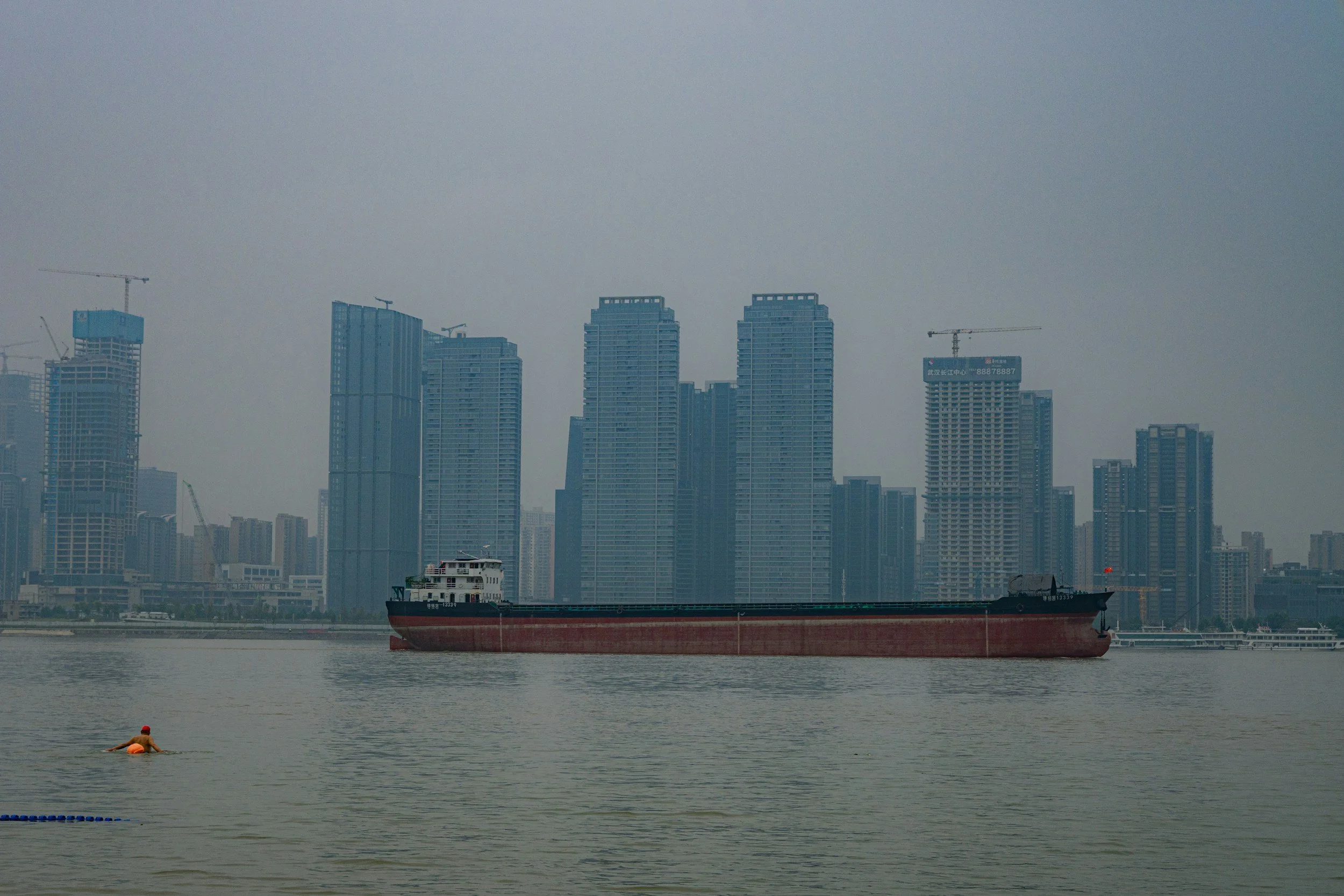The Baltic Dry Index’s closing at 1410 points this week highlights persistent demand-side pressures across vessel segments within the dry bulk sector. Capesize vessels, predominantly reliant on iron ore shipments, saw daily earnings fall to $15,395—a level last observed in early January—reflecting diminished iron ore trade flows, compounded by market apprehensions over China’s economic outlook and curtailed steel production expectations. Panamax vessels, critical for grain and coal shipments, endured a sharp 6.5 percent decline, closing at $10,813 per day and reaching a 14-month low. This contraction largely stems from slowing grain export activities, constrained by logistical challenges and waning demand from major importers.
Meanwhile, Supramax and Handysize segments displayed relative resilience, with the BSI 11TC and BHSI TC averages at $15,669 and $13,098 per day, respectively. This stability hints at consistent, if modest, demand for minor bulk commodities and localized trade, though overall growth remains tepid. Broadly, this week's softening in spot rates encapsulates an economic environment of stable but underwhelming growth, underlining soft demand in global trade.
The outlook for global economic growth remains stable yet constrained, as the International Monetary Fund (IMF) projects a gradual deceleration from 3.3 percent in 2023 to 3.1 percent by 2029. Growth dynamics among advanced economies show stagnation; the US economy is slowing as it nears its growth potential, while the euro area is gradually recovering from an economic slump due to improved exports. Emerging economies, particularly in Asia, have experienced growth from the tech and electronics sectors, driven by investments in artificial intelligence. In China, despite persisting weakness in the real estate sector and low consumer confidence, growth is projected to have slowed only marginally to 4.8 percent in 2024, largely thanks to better-than-expected net exports. Meanwhile, oil production cuts and geopolitical disruptions have dampened growth forecasts in regions like the Middle East and Africa, reinforcing a disparity in growth rates across regions. The stability in global projections underscores an economic environment that, although balanced, lacks significant momentum to spur a notable uptick in demand for dry bulk shipping.
Inflation, a key global economic challenge, is projected to moderate, with headline rates expected to decline from 6.7 percent in 2023 to 5.8 percent in 2024, reaching 4.3 percent by 2025, according to the IMF. Advanced economies are anticipated to experience faster disinflation, with some nearing target levels around 2 percent by 2025. In contrast, emerging markets continue to grapple with high inflation due to factors such as currency depreciation and elevated energy costs. Elevated inflation has curbed consumer spending and industrial demand, intensifying strain on global trade and, by extension, the shipping sector. The moderation of inflation will be essential to restoring purchasing power and reviving industrial production, indirectly supporting sectors like dry bulk shipping. Yet, inflation’s uneven decline across regions poses challenges to synchronized global recovery.
In the sphere of international trade, global trade growth is projected to align with GDP growth, averaging around 3.25 percent annually in 2024 and 2025. Recent geopolitical shifts, particularly trade restrictions between major economic blocs, have added complexity to global supply chains. The steady, albeit sluggish, growth in global trade reflects an ongoing adjustment to new trade alliances and a focus on resilience in supply chains. The alignment of trade with economic growth highlights a restrained demand for bulk commodities, limiting the impetus for shipping industry growth. As global trade continues to adjust, the shipping sector’s prospects remain closely tied to shifts in industrial demand and regional trade flows, particularly in Asia.
Global steel production has similarly felt the pinch, with demand forecasted to decline by 0.9 percent in 2024 before a modest rebound of 1.2 percent in 2025, according to the World Steel Association. Persistent challenges in the manufacturing sector, coupled with the weak housing market in China and tight financing conditions globally, have stymied demand for steel. In China, where steel consumption is poised to fall by an additional 1 percent in 2025, real estate sector instability remains a significant drag. Nonetheless, government interventions may moderate this decline, potentially stabilizing steel demand. Outside China, emerging economies, notably India, are projected to lead a recovery in steel demand, driven by infrastructure investment. Steel demand in developed nations, particularly in the US, Japan, and the EU, is also expected to revive by 2025 as construction sectors stabilize. This outlook suggests that while the steel sector grapples with near-term demand issues, structural factors in emerging markets may support a gradual recovery, providing some relief for the dry bulk shipping market’s iron ore and coal segments.
The current state of the global economy and trade, while stabilized, remains fragile, with inflation, sluggish trade growth, and regional disparities in steel demand continuing to exert downward pressure on shipping rates. Global economic policy responses, particularly those aimed at inflation and trade resilience, will be instrumental in shaping market recovery paths. A consistent alignment of inflation with target rates, paired with an uptick in trade activity, could bolster incremental recovery in the shipping sector. However, economic pressures are likely to keep the market cautious in the near term. For the remainder of the year, the spot market does not seem poised to benefit significantly from a traditional seasonal boost that typically brings positive momentum in early Q4, as this uplift has yet to materialize and may remain elusive as the year-end approaches.
Data source: Doric


